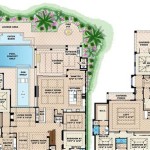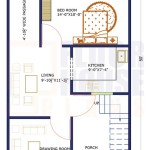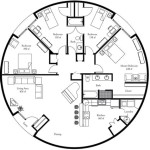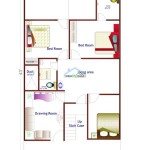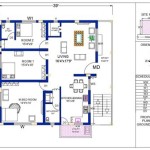Small Business Office Floor Plans
Creating a functional and efficient small business office space is crucial for productivity and success. A well-designed floor plan can optimize space, improve workflow, and foster a positive work environment. Here's a comprehensive guide to help you plan your small business office layout:
1. Determine Your Space Requirements:
- Identify the number of employees and their job functions.
- Estimate the amount of space required for desks, chairs, filing cabinets, and other equipment.
- Consider future growth and expansion possibilities.
2. Optimize Space Utilization:
- Maximize natural light by placing workstations near windows.
- Use space-saving furniture, such as modular desks and ergonomic chairs.
- Consider open-plan layouts to encourage collaboration and space efficiency.
- Implement vertical storage solutions, such as shelves and hanging files.
3. Establish a Clear Workflow:
- Map out the flow of work within the office.
- Position workstations and equipment strategically to facilitate smooth transitions.
- Create designated areas for different tasks, such as reception, administration, and collaboration.
- Provide clear pathways and avoid creating bottlenecks.
4. Foster Collaboration and Communication:
- Designate common areas for team meetings and brainstorming sessions.
- Incorporate break rooms or kitchenettes to encourage informal interactions.
- Consider creating semi-private spaces for quiet work or confidential discussions.
- Provide easy access to communication tools, such as phones and video conferencing equipment.
5. Consider Ergonomics and Well-being:
- Ensure workstations meet ergonomic standards for comfort and productivity.
- Provide ample natural and artificial lighting to reduce eye strain.
- Maintain a comfortable temperature and ventilation.
- Incorporate elements of nature, such as plants or artwork, to create a positive and inspiring work environment.
6. Plan for Future Growth:
- Consider flexible layouts that can accommodate changes in staff or equipment.
- Leave room for expansion, such as additional workstations or storage areas.
- Plan for temporary workspaces in case of future needs.
Conclusion:
Creating a functional and efficient small business office floor plan requires careful planning and consideration of various factors. By following these guidelines, you can design a space that optimizes space utilization, fosters a positive work environment, and supports your business's growth and success.

Small Office Floor Plan For Business Template

Small Office Floor Plan Examples

Office Design Idea For Small Business

How To Organize Your Small Business Office Workspace

Office Layout Plans Small Design Floor Plan Samples

Small Office Floor Plan Examples

Small Business Office Layout

Small Work Office Floor Plan Template

Office Building Floor Plan

Small Office Floor Plans Including Examples Layouts Cedreo

